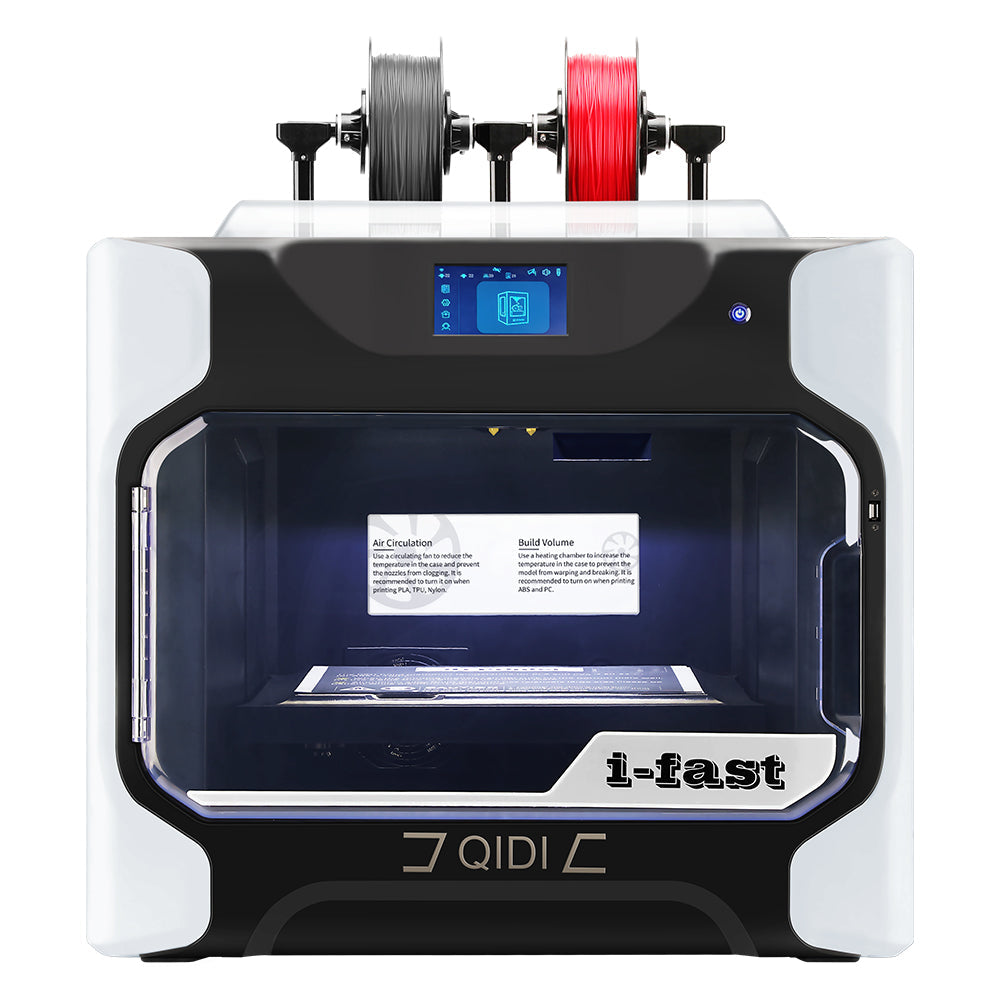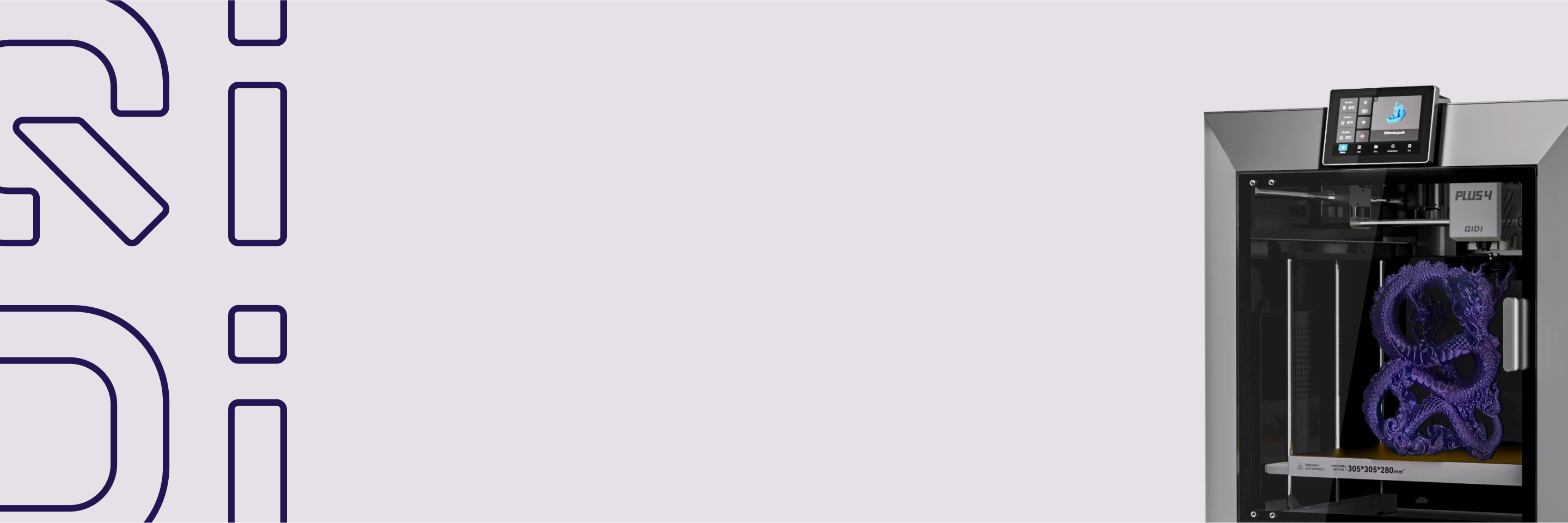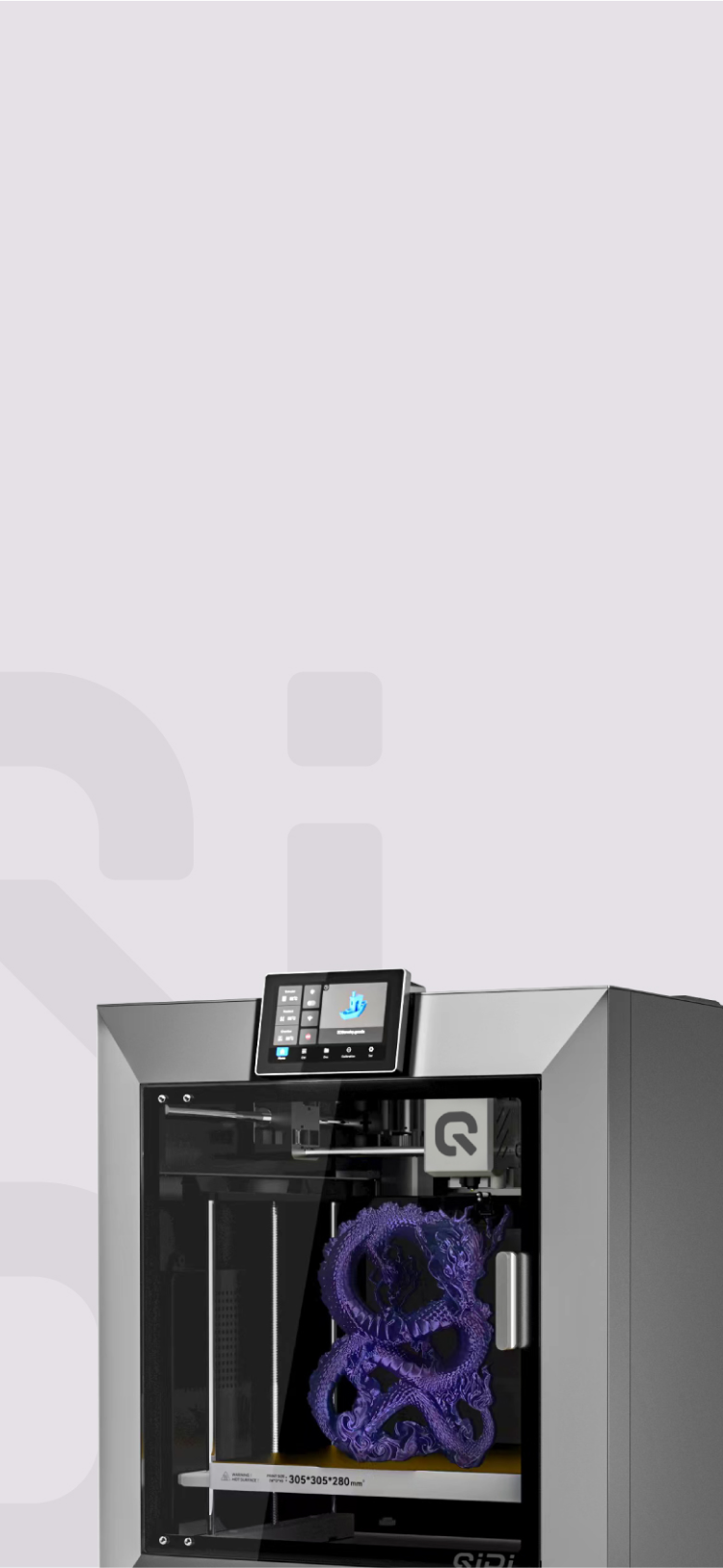Impression 3D FDM vs FFF : quelle est la différence
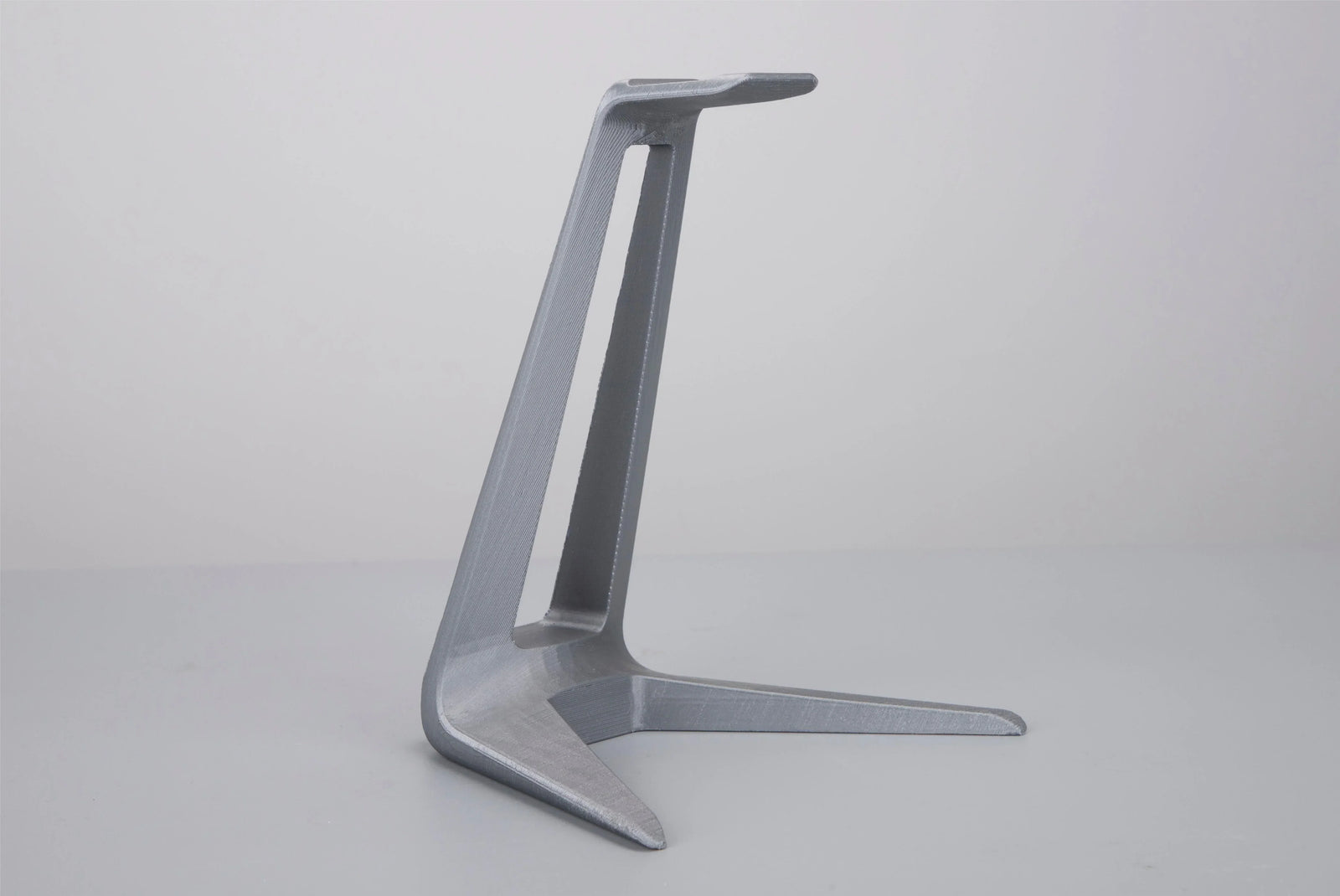
FDM et FFF sont deux des technologies d'impression 3D les plus répandues Ces procédés permettent de créer des objets couche par couche à l'aide de filaments thermoplastiques, bien que ces termes désignent des approches distinctes. Que vous soyez amateur, fabricant ou professionnel, comprendre les nuances entre FDM et FFF est essentiel pour choisir la technologie la plus adaptée à vos besoins spécifiques, garantissant des résultats optimaux tout en optimisant les ressources.
| Aspect | FDM (Modélisation par dépôt de fil fondu) | FFF (Fabrication de filaments fondus) |
|---|---|---|
| Flexibilité des matériaux | Limité aux filaments propriétaires. | Peut utiliser n’importe quelle marque ou type de filament thermoplastique. |
| Qualité et précision d'impression | Généralement haute résolution et précis. | Varie considérablement ; dépend du matériel et de l'étalonnage de l'imprimante. |
| Vitesse | Généralement plus rapide pour les impressions standard. | Selon l'imprimante ; certains peuvent surpasser FDM pour certaines géométries. |
| Fiabilité et cohérence | Plus fiable avec une qualité constante. | Nécessite un réglage précis pour plus de cohérence. |
| Coûts initiaux et d'exploitation | Coûts initiaux plus élevés en raison de systèmes propriétaires. | Plus abordable au départ, avec un coût d’entrée inférieur. |
| Communauté et logiciels | Portée logicielle limitée ; logiciel de découpage mature. | Vaste communauté avec des outils innovants et des connaissances partagées. |
| Pertinence | Idéal pour les professionnels ayant besoin de précision et de fiabilité. | Idéal pour les amateurs et ceux qui souhaitent expérimenter des matériaux. |
FDM (modélisation par dépôt de fil fondu)
Comment ça marche
FDM est un procédé d'impression 3D où un filament thermoplastique est fondu et extrudé à travers une buse chauffée. Le matériau en fusion est déposé couche par couche sur une plate-forme de construction, se solidifiant en refroidissant pour créer l'objet 3D souhaité.
Une bobine de filament est introduite dans la tête d'extrusion, où elle est chauffée et fondue. La buse se déplace selon un schéma programmé, déposant avec précision le plastique fondu sur le plateau de construction. Chaque couche refroidit et durcit avant que la couche suivante ne soit imprimée par-dessus, construisant progressivement le modèle 3D.

Principaux avantages
- Abordabilité : Les imprimantes FDM sont généralement plus rentables que les autres technologies d’impression 3D, ce qui les rend accessibles aux amateurs, aux enseignants et aux petites entreprises.
- Polyvalence des matériaux : FDM prend en charge une large gamme de filaments thermoplastiques tels que
PLA , ABS,PETG , et plus, permettant aux utilisateurs de choisir le matériau le plus adapté à leur projet. - Idéal pour Prototypage et production à faible volume : FDM établit un équilibre entre qualité, rapidité et coût, ce qui le rend excellent pour le prototypage rapide et les petites séries de production.
Inconvénients potentiels
- Structures de soutien requises : Les géométries en surplomb ou en pont nécessitent des structures de support, car le plastique fondu ne peut pas être déposé en l'air. Ces supports doivent être retirés après l'impression, ce qui peut être chronophage et laisser des traces sur l'objet.
- Vitesse d'impression plus lente : Par rapport à d'autres Technologies d'impression 3DLes imprimantes FDM ont généralement des vitesses d'impression plus lentes, en particulier pour les modèles complexes ou de grande taille.
FFF (Fabrication de filaments fondus)
Comment ça marche
Tout comme FDM, Impression 3D FFF fonctionne en faisant fondre un filament thermoplastique et en l'extrudant à travers une buse chauffée couche par couche pour créer un objet 3D sur une plate-forme de construction. Une bobine de filament alimente en continu la tête d'impression, où elle fond et est déposée par la tête d'impression mobile selon un schéma préprogrammé. Chaque couche fusionne avec la précédente en refroidissant et en se solidifiant.

Principaux avantages
- Écosystème de matériaux ouverts : Les imprimantes 3D FFF peuvent utiliser des filaments de n'importe quel fabricant, pas seulement des matériaux propriétaires, donnant accès à une large gamme de plastiques.
- Communauté dynamique : La nature ouverte du FFF a favorisé une communauté active développant de nouveaux matériels, logiciels et matériaux innovants.
- Options abordables : Beaucoup imprimantes 3D FFF de bureau à bas prix sont disponibles du niveau amateur au niveau professionnel.
Inconvénients potentiels
- Variance de qualité : La qualité d'impression peut varier considérablement entre les différentes imprimantes FFF et les logiciels/paramètres de découpage.
- Défis d’étalonnage : Pour obtenir des résultats optimaux, il est souvent nécessaire de calibrer soigneusement les paramètres d'impression pour chaque imprimante spécifique.
- Limitations matérielles : Bien que polyvalent, le FFF peut ne pas prendre en charge les matériaux avancés comme le PEEK ou l'ULTEM sans modifications matérielles.
Comparaison de FDM et FFF
Flexibilité des matériaux
- Imprimantes 3D FDM se limitent généralement à l'utilisation de filaments exclusifs du fabricant, ce qui restreint les choix de matériaux.
- FFF autorise pratiquement n'importe quelle marque ou type de filament thermoplastique, offrant aux utilisateurs un écosystème ouvert pour expérimenter des matériaux spécialisés uniques.
Qualité et précision d'impression
- Les imprimantes FDM de qualité professionnelle excellent dans la production d'impressions haute résolution avec des dimensions précises et des lignes de couches visibles minimales.
- Pour FFF, la qualité d'impression peut aller de brouillons à des résultats extrêmement raffinés, dépendant fortement de l'imprimante spécifique, de l'étalonnage et des paramètres utilisés.
- Les imprimantes FDM incluent souvent du matériel avancé comme des chambres de construction chauffées pour une meilleure adhérence des couches et une géométrie des pièces plus fidèle.
Vitesse
- Imprimantes 3D FDM haut de gamme sont généralement plus rapides pour les impressions standard par rapport aux modèles FFF de bureau.
- Cependant, certaines imprimantes 3D FFF haut de gamme dotées d'un matériel optimisé peuvent atteindre des vitesses d'impression très rapides, dépassant potentiellement la FDM pour certaines géométries.
Fiabilité et cohérence
- Grâce à leurs matériaux de qualité contrôlée et à leur mécanique robuste, les imprimantes FDM fournissent des résultats d'impression fiables et cohérents.
- Les imprimantes 3D FFF peuvent nécessiter davantage de réglages et d'expérimentations pour obtenir une qualité constante sur différents modèles et matériaux.
Coûts initiaux et d'exploitation
- Les systèmes FDM ont des coûts initiaux plus élevés pour le matériel et matériaux de filaments exclusifs.
- Les imprimantes 3D FFF et les filaments tiers sont généralement beaucoup plus abordables au départ, ce qui réduit le coût d'entrée.
Communauté et logiciels
- Les logiciels de découpage FDM sont matures mais leur portée est relativement limitée.
- L'écosystème ouvert FFF a donné naissance à une vaste communauté créant des outils de découpage innovants, des mods d'imprimante et partageant des connaissances.
Grâce à ces informations, les utilisateurs peuvent prendre une décision plus éclairée en fonction de leurs besoins et de leurs priorités.
Comment choisir : FDM ou FFF

Pour les amateurs et les créateurs
- Le FFF est un choix intéressant si vous souhaitez vous lancer dans l'impression 3D avec un budget limité. et je souhaite avoir la possibilité d’expérimenter avec différents matériaux.
- La nature ouverte de FFF permet de bricoler, de modifier les imprimantes et de partager des connaissances avec une communauté dynamique.
- Cependant, si des résultats de haute qualité et constants sont une priorité absolue, envisagez d’investir dans une imprimante FDM réputée d’une marque établie.
Pour les professionnels et les entreprises
- Dans les environnements industriels ou commerciaux où la répétabilité et la précision dimensionnelle sont essentielles (e.g. prototypage, développement de produits), Imprimantes 3D FDM exceller en offrant des résultats fiables et prévisibles à l’aide de matériaux de qualité contrôlée.
- Les coûts initiaux plus élevés du FDM peuvent être justifiés par les économies de temps et de matériel réalisées en minimisant les échecs d'impression et les retouches.
- À mesure que les imprimantes 3D FFF haut de gamme continuent de s’améliorer, elles peuvent devenir viables pour une utilisation professionnelle, en particulier lorsque l’exploration de matériaux uniques ou la réduction des coûts de matériaux récurrents est bénéfique.
Évaluez vos besoins
- Déterminez vos priorités - l'accessibilité, l'expérimentation matérielle ou la précision/fiabilité maximale sont-elles plus importantes ?
- Tenez compte de votre niveau d’expertise et de votre volonté de modifier et d’affiner les paramètres pour obtenir des résultats FFF optimaux.
- Consultez les options disponibles adaptées à votre budget auprès de marques de confiance ou bénéficiant d'un soutien communautaire actif.
- Ne négligez pas le coût total de possession, y compris les matériaux, la maintenance et la formation.
Le choix dépend en fin de compte de facteurs tels que le budget, les exigences de qualité, les besoins de flexibilité matérielle et les objectifs (e.g.passe-temps, production). En comprenant les points forts de chaque technologie, vous pouvez sélectionner la solution idéale en fonction de votre situation.
Libérez votre créativité en trouvant la solution d'impression 3D idéale
Si la technologie FDM excelle dans la production fiable de haute résolution grâce à des matériaux propriétaires, idéale pour les applications professionnelles, la technologie FFF offre un écosystème ouvert et abordable, idéal pour les amateurs et les créateurs qui souhaitent expérimenter librement avec les matériaux. Explorez dès aujourd'hui les possibilités offertes par la technologie FDM et la technologie FFF pour libérer votre potentiel créatif.


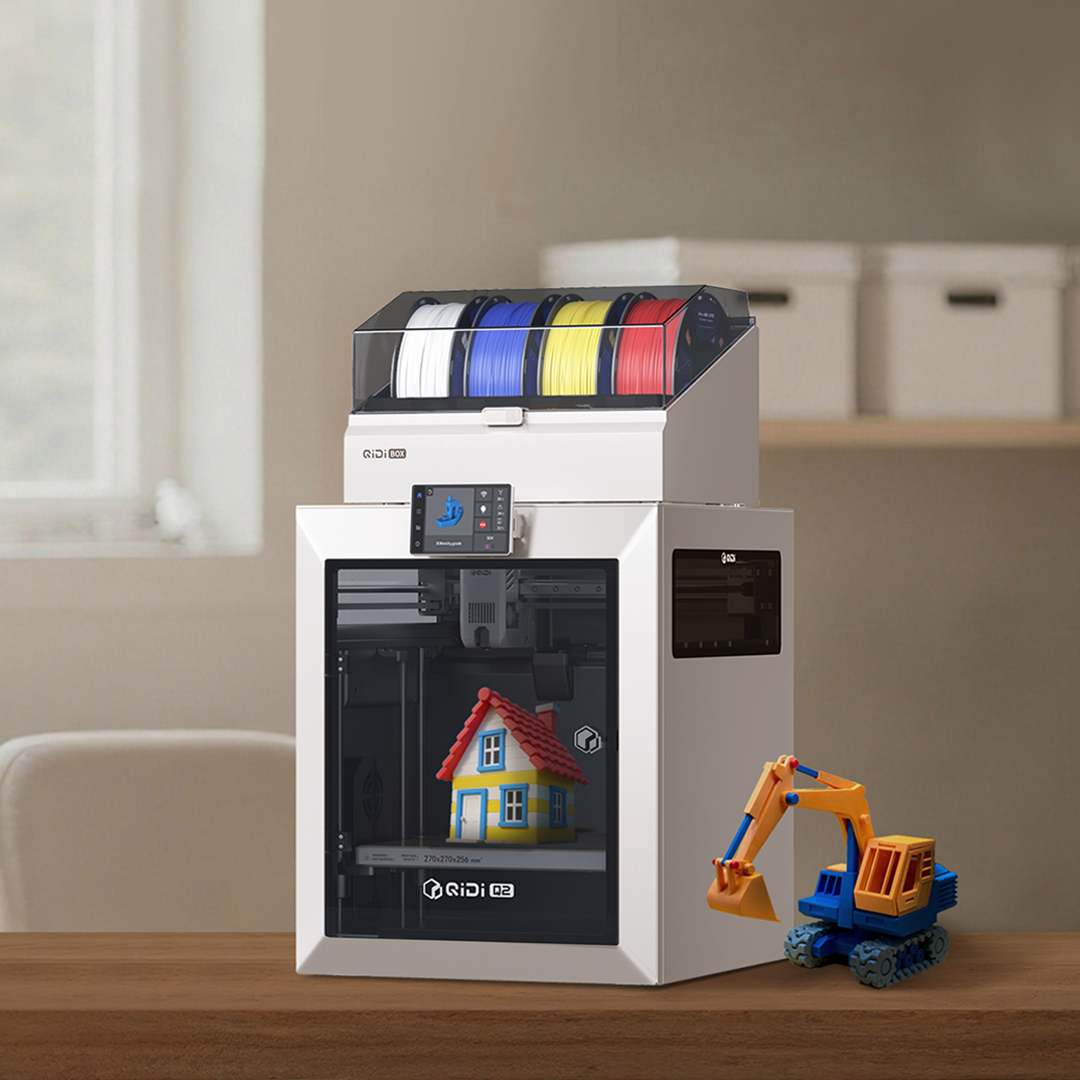

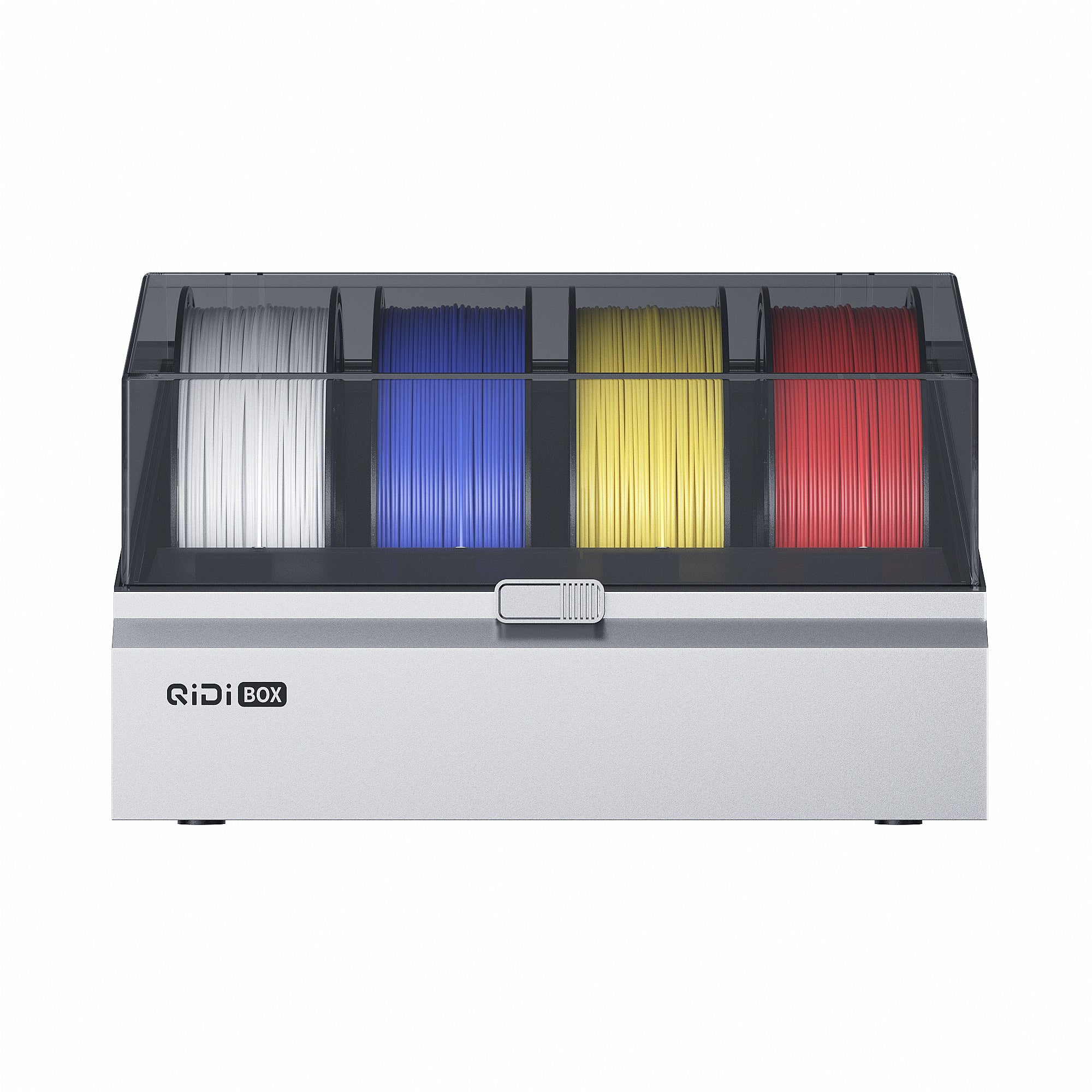

![[Qidi X-CF Pro, speziell für den Druck von Kohlefaser und Nylon entwickelt] - [QIDI Online Shop DE]](http://eu.qidi3d.com/cdn/shop/products/X-MAX3-3D-Printer-02.png?v=1763120465)
